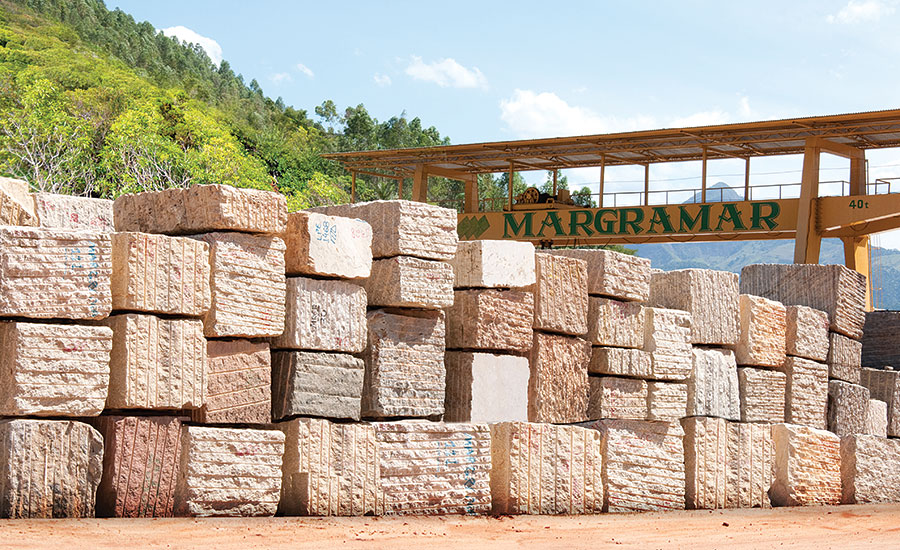Unlocking Natural Treasures: Granite Quarries in South Africa Revealed
Unlocking Natural Treasures: Granite Quarries in South Africa Revealed
Blog Article
Unearthing the Rich History and Lasting Practices of Granite Quarrying
As we depend on the precipice of uncovering the detailed tapestry of granite quarrying, a journey via time exposes not simply the physical act of drawing out stone however likewise the cultural and historic relevance woven into the really material of this technique. From the ancient origins that laid the foundation for contemporary quarrying strategies to the sustainable methods that are forming the future of this industry, each sculpt mark on granite surface areas tells a story waiting to be discovered (granite quarries in south africa). The heritage of granite quarrying extends far beyond simple removal; it is a testament to human ingenuity, durability, and the enduring appeal of this marvelous stone
Old Origins of Granite Quarrying
Going back to old human beings, the technique of quarrying granite has actually been an indispensable part of human history and architectural innovation. The earliest proof of granite quarrying go back to ancient Egypt, where massive pyramids and complex sculptures were crafted from this long lasting rock. The Egyptians made use of primitive devices to extract granite blocks from quarries, showcasing the importance of this material in their monumental buildings.
Relocating ahead in background, the Greeks likewise made considerable payments to the quarrying of granite. The Greeks utilized granite in different architectural marvels, such as temples and statues, demonstrating their skill in shaping and carving this durable rock. The Romans better improved the strategies of quarrying granite, using advanced devices like knives and hammers to extract and shape granite for their renowned structures.
Through the centuries, the technique of quarrying granite has actually progressed, with contemporary technologies improving efficiency while maintaining the classic allure of this all-natural stone - granite quarries in south africa. From ancient human beings to modern building contractors, the heritage of granite quarrying remains to shape our world
Advancement of Quarrying Methods
The evolution of quarrying techniques has actually been marked by a constant progression towards better effectiveness and accuracy in drawing out granite. Early quarrying strategies involved hand-operated labor with basic devices such as knives, hammers, and wedges to draw out granite blocks from the planet.
In more recent times, the arrival of machinery changed the quarrying industry, allowing much faster extraction prices and raised productivity. Technologies such as ruby cord saws, high-pressure water jets, and pneumatic drills have come to be basic in modern-day quarries, allowing for accurate cutting and minimized waste. Advancements in computer-controlled equipment and 3D modeling have enhanced quarrying procedures, leading to marginal ecological impact and improved sustainability practices. As the need for granite remains to climb, the advancement of quarrying techniques stays important to conference market requires effectively and sustainably.
Social Importance of Granite
Granite holds a profound cultural significance throughout numerous human beings as a result of its long-lasting existence in architectural work of arts and prized monoliths. From the impressive pyramids of Egypt to the detailed makings of the Angkor Wat temple in Cambodia, granite has been a product of option for revealing next page grandeur and long life in social heritage. In ancient Rome, granite columns adorned holy places and public buildings, symbolizing toughness and durability. The cultural value of granite expands beyond its physical attributes; it embodies resilience, security, and timelessness, making it an icon of withstanding legacies and practices.

Sustainable Practices in Quarrying
In the middle of the abundant history of granite quarrying and its cultural importance lies an expanding focus on sustainable practices within the industry. As environmental recognition and problems regarding source depletion have actually enhanced internationally, the quarrying field has actually progressively welcomed lasting methods to lessen its effect on the setting and surrounding neighborhoods.

In addition, recovery and recovery of quarry websites post-extraction are essential to sustainable practices. By recovering quarried areas to a natural or valuable state, such as producing wildlife environments or leisure rooms, quarriers can balance out the ecological footprint of their procedures and contribute positively to the neighborhood ecological community.
Legacy of Granite Quarrying
With a historic backdrop soaked in craftsmanship and commercial progression, what sustaining effect has granite quarrying left on the landscape of contemporary culture? The legacy of granite quarrying transcends simple extraction techniques; it has actually shaped architectural wonders, urban landscapes, and social heritage worldwide. The sturdy nature of granite has made it a favored selection for monoliths, structures, and facilities, standing as a testament to the ability and virtuosity of quarry workers throughout generations.
Additionally, the financial footprint of granite quarrying can not be forgotten. The market continues to give employment possibility and drive regional economies in regions where granite removal is prevalent. It has likewise stimulated technological advancements in quarrying strategies and equipment, resulting in extra reliable and lasting techniques.
In terms of sustainability, the tradition of granite quarrying consists of efforts to reduce environmental effects with recovery projects and accountable source management. By stabilizing financial rate of interests with ecological stewardship, the market strives to make sure that future generations can remain to gain from this Extra resources long-lasting natural deposit.
Final Thought

Report this page